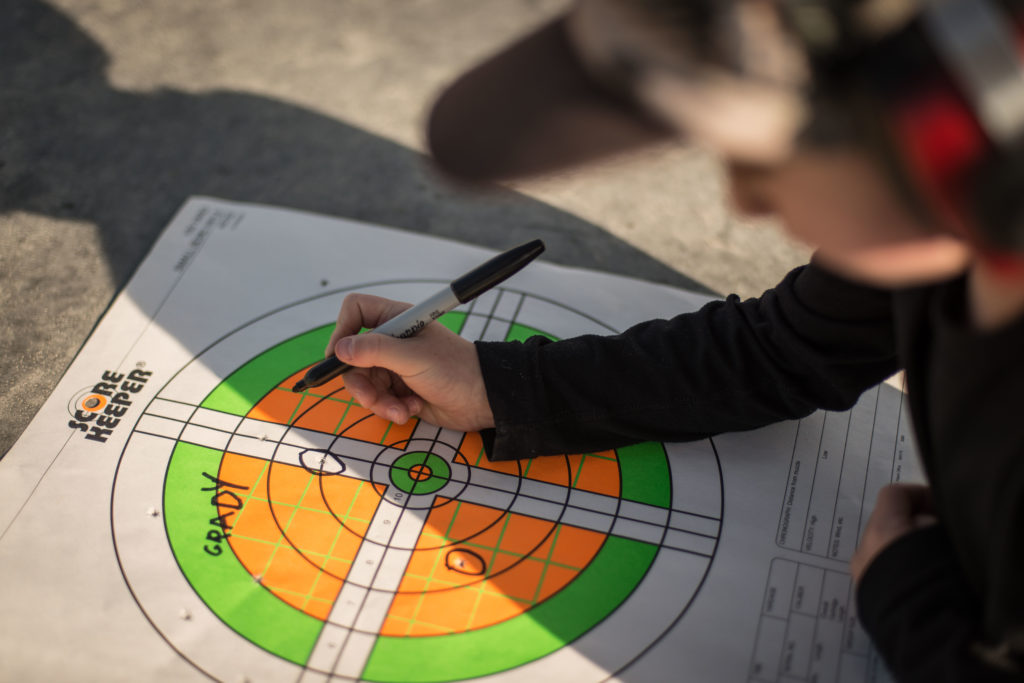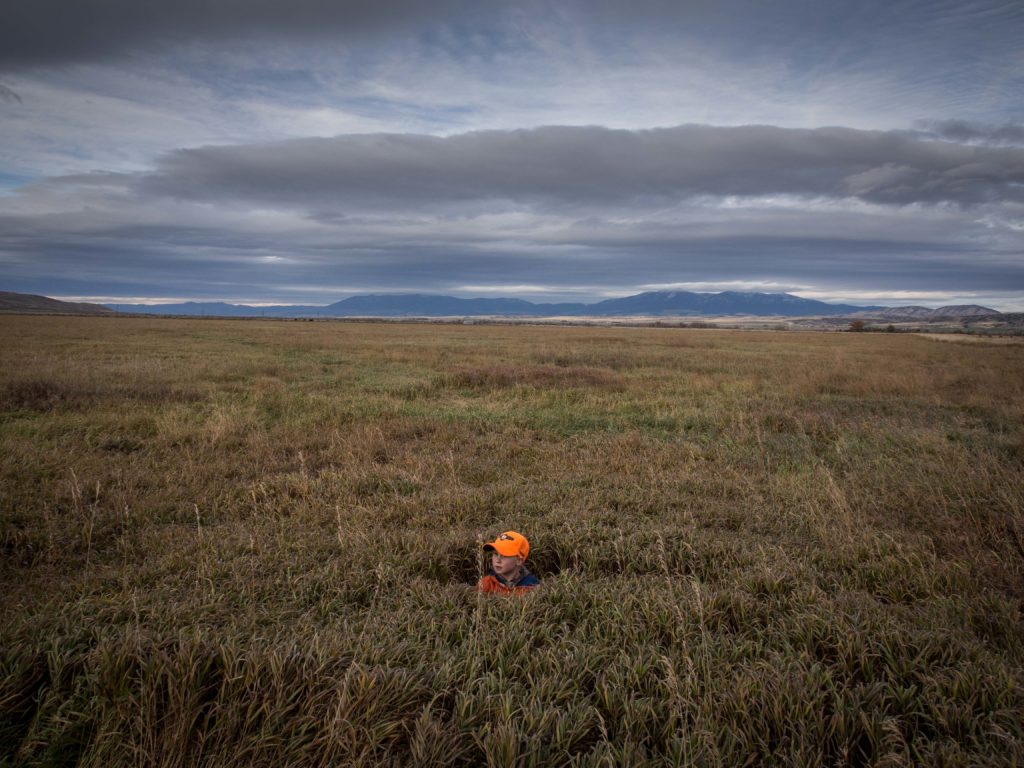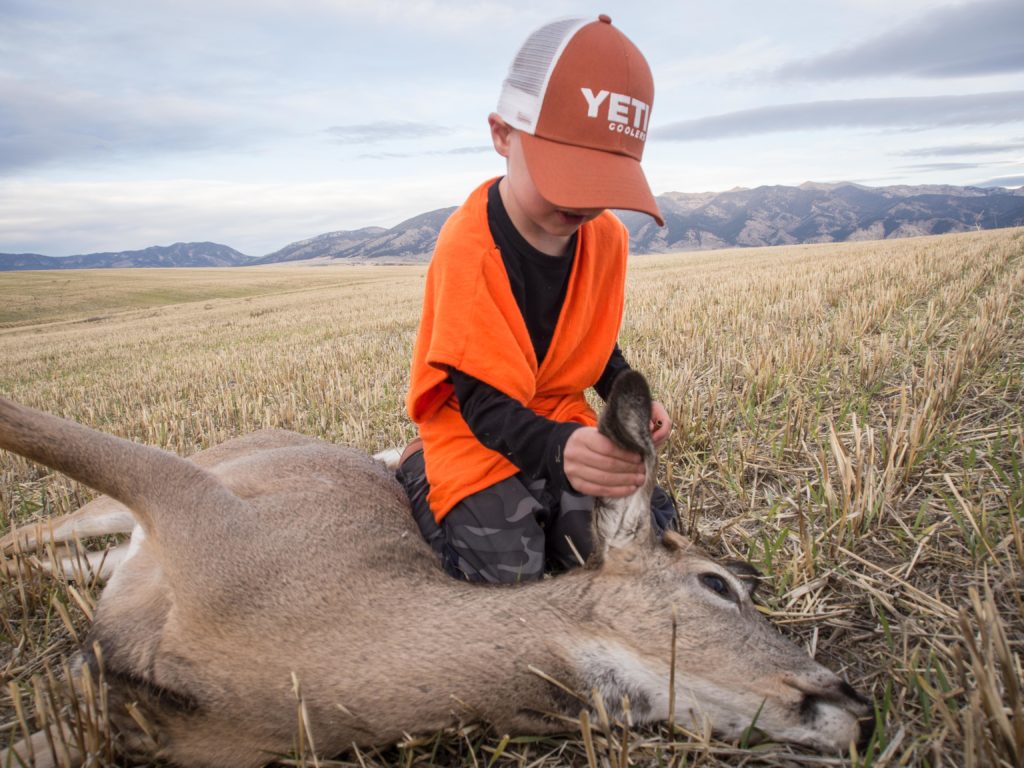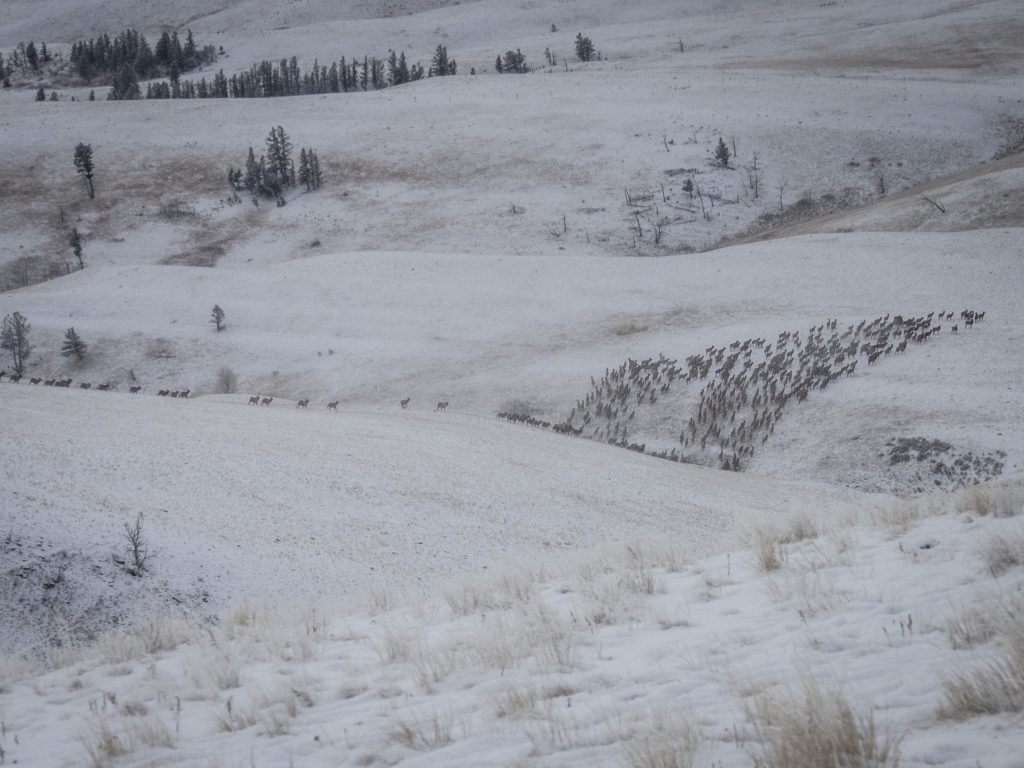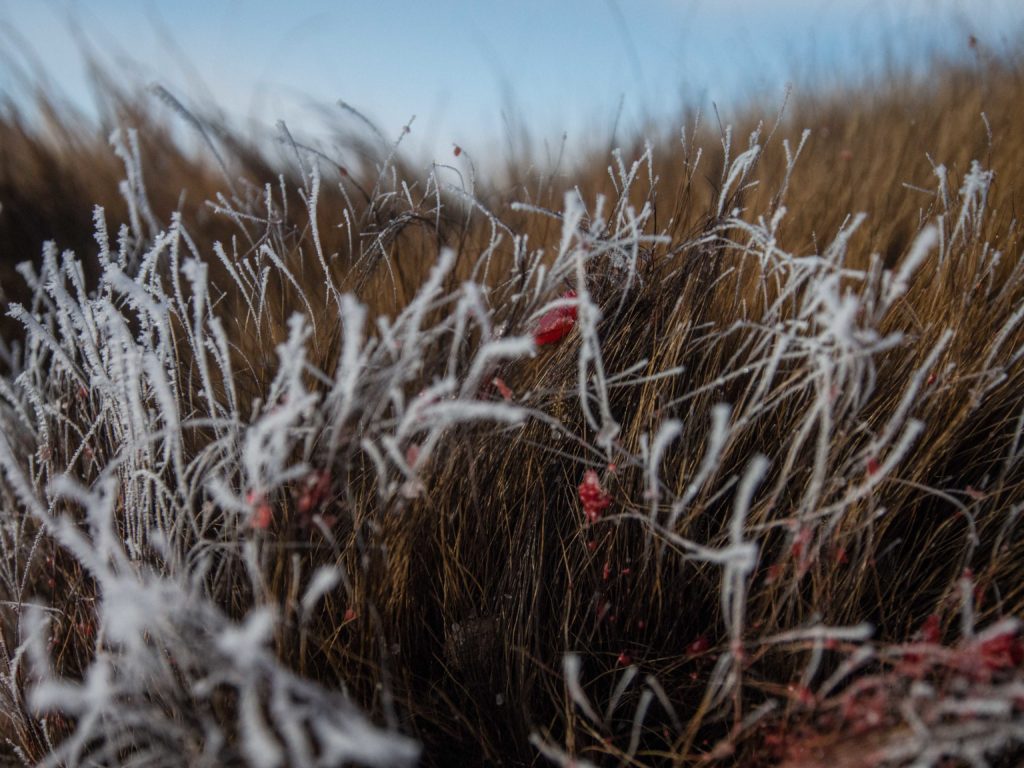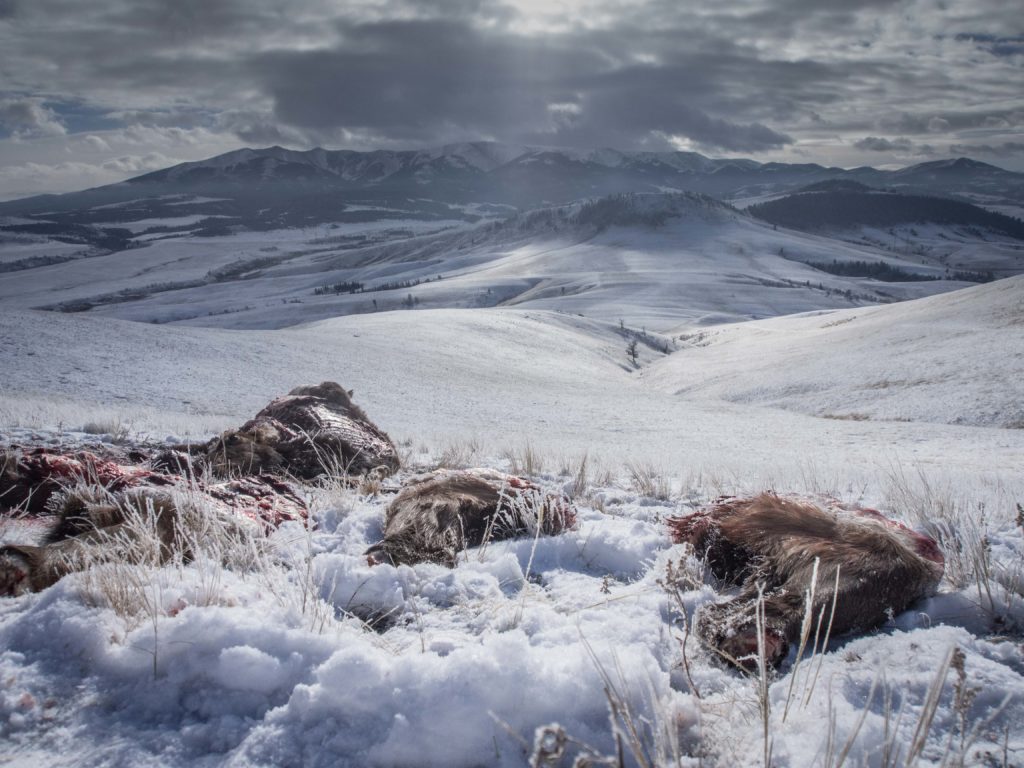
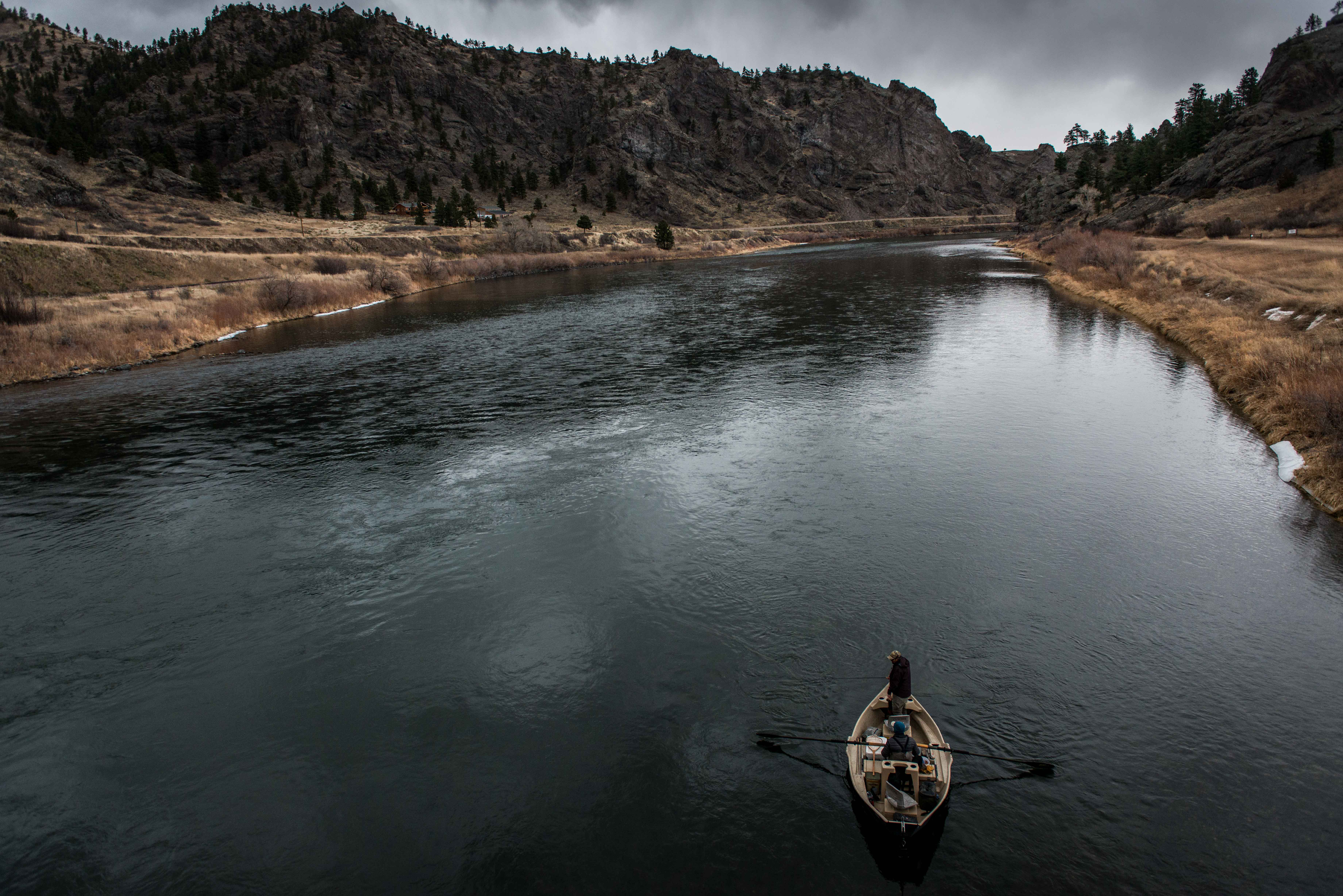
No one ever accused the conquerors, converters and company men who carved up and labeled North America of being poets.
What, precisely, about the hemisphere’s highest peak, I wonder, inspired comparison to a second-rate president?
The Great Plains? The Grand Canyon? The Rocky Mountains? You can’t fault cartogrophers for their accuracy, I suppose, but… come on. You get to hang a handle on those jawdroppers and that’s the best you can come up with?
It’s a rare bit of justice than that so many rivers, creeks and streams landed such lyrical names.
There are the just plain pretty ones, often owing a debt to an indigenous language: Shenandoah, Chilikadrotna, Deschutes, Popo Agie, Opequan, Kennebec, Nantahala, Umpqua, Yampa, Kenai.
Say them slowly. They feel good on the tongue.
And there are the imaginatively illustrative: Mad, Roaring, Savage, Dismal, Bad Water, Yellowstone, Salmon, Big Wood, Two Ocean, Clear Water, Firehole, Dirty Devil, Tar.
Read on a map, these labels could mean anything, or nothing at all. Standing on the bank, they make perfect sense. An hour on the Wind, for example, leaves little doubt about how it got its name.
My favorites, though, hint at forgotten stories: Deadman, Crazy Woman, Mad Tom, Calf Pasture, Rogue, Cripple, Battle, Animas, New, Poison Spider, Neversink, Fryingpan, Two Hearted, Ambush, Separation, Lost.
They’re like coded clues, invitations to solve a mystery and prompts to explore what’s around the next bend.
If that’s not a naming convention suited to rivers, I don’t know what is.
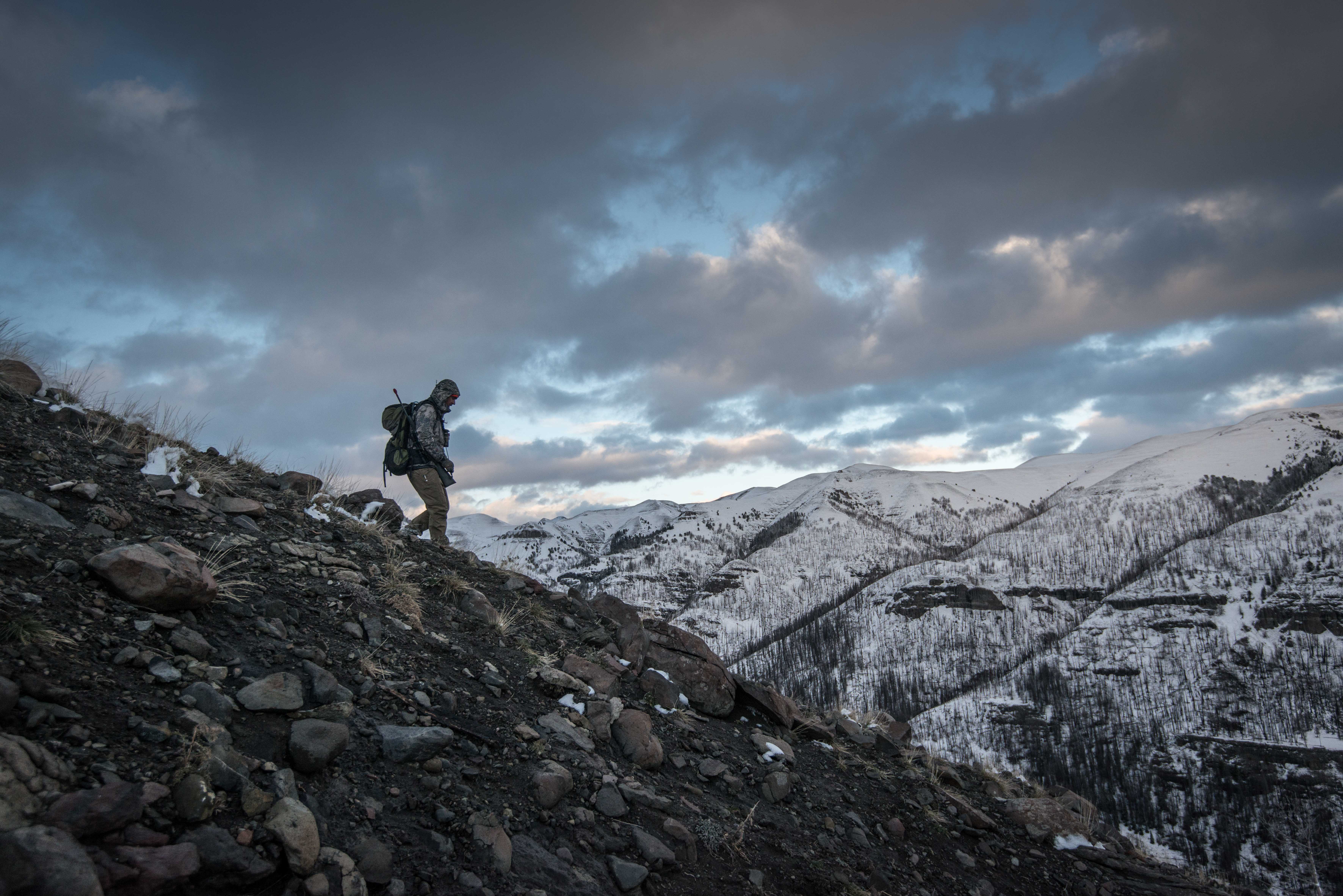
It was the last possible weekend to try to fill my elk tag, and I resolved to go this year, in spite of what she thought.
I set about packing gear for the whole weekend on Thursday night, slyly checking weather forecasts, sneaking bags to the truck when she wasn’t looking, and staging gear by the side door like a thief’s accomplice. I wasn’t fooling anyone though. She knew the signs as well as I did. The skulking just confirmed I was planning a trip without her.
We didn’t even talk about it much. I told her I was going elk hunting. She stared at me, madder because she already knew.
When I left, I looked at her one last time, hoping for a sign of forgiveness in her normally gentle face. What I got was a hard look, one that said I had spent too little time with her lately and too much time away.
But leave I did, hoping I would be forgiven in time for the next trip to hunt birds.
“Bet she eats the couch this time for sure,” I thought as I slipped out the door.
My wife had assured me things would be okay, that there would be bike rides and couch snuggles while I was gone and the dog would forgive and forget like she always does. I married up. I am lucky to know this.
The forecast called for rain Friday night. At the end of October. At 9,000 feet. With maybe, but only a bare maybe, the remote possibility of snow later. Wet snow if we got it.
I packed raingear, brought extra boot wax and a portable boot dryer.
Brought electrical tape for my muzzle.
Changed into hunting clothes at a scenic pullout like a hobo.
Saw groups of mule deer does and fat fawns grazing in every flat spot for two miles.
Switched to 4-low when it got steep and slick.
Got fooled into thinking the mulie bucks 600 yards away were a trio of raghorn elk.
Laughed at myself and my hopes.
Ate a sandwich in the cab, alone, while I sipped a beer and listened to old country on a Friday night.
Forgot to bring enough water and devised a tarp to funnel the sky’s largesse into a plastic jug.
Read and listened to music as the night wound down.
Slept.
Woke and ate and packed and hoped again. Hoped for elk, for blood and for knife work. For hard work. Alone.
I reveled in my return to elk season.
I set off to climb high and drop into one of the several drainages that cut the mountain, then veered off to follow a long, narrow meadow that contoured along for nearly a mile.
Cut tracks and turned.
Struggled up and across the hillside, slipping on downed timber beneath the skiff of snow, cursing and sweating and trying to stay silent. Hating the thin snow for what it hid and reveling in what it revealed.
The snow quieted my footsteps, and the elk’s. That’s how they got the drop on me. Soft footfalls, elk scent and a gentle nudge from behind. I panicked, and then it all went black.
When I came to I was cold and groggy but apparently uninjured. My GPS was in my hand, and a stunned elk calf was standing in front of me, somehow wearing my dog’s tracking and training collar. As soon as I sat up, the calf bolted. On a hunch, I checked my GPS, the same GPS handheld unit I use with my dog when we’re bird hunting. It functions like a normal GPS, and it also tracks the GPS unit on the dog’s collar and transmits that location information back to my handheld.
It was tracking the elk calf.
I was kind of freaked out because what I was doing was really illegal. I turned the GPS off.
A game warden in a red shirt rode up on a tall pale horse and shook his finger at me, then disappeared.
I looked up at the sky and saw the northern lights were out, lighting up a cloud that looked like me. Weird.
Panicked at losing that expensive GPS collar, I sprinted to the top of a ridge to see if I could see the elk calf and was greeted with a steep ravine. From my vantage though, I could see the elk calf reunite with his mother and greet his herd mates. I looked for a way down. Nothing but turtles all the way.
Heedless of the danger, I dropped into the ravine, trusting my boots would see me through plunge stepping down the steep scree below. The drop seemed to go on forever, until I lost the earth and started falling in earnest, only occasionally touching the side of the ravine.
I fell for what seemed like miles, at times falling straight down, other times floating and occasionally, flying, with a rifle in my hand? A jaybird was next to me, following along as I fell, it’s cry louder and more strident than I’d ever heard before.
And then I was sitting up in my sleeping bag, my alarm in my hand, trying to re-orient myself. It was time to get up and get some breakfast in me so I could get out and find some elk.
I never should have listened to that Sturgill Simpson album before I went to bed…
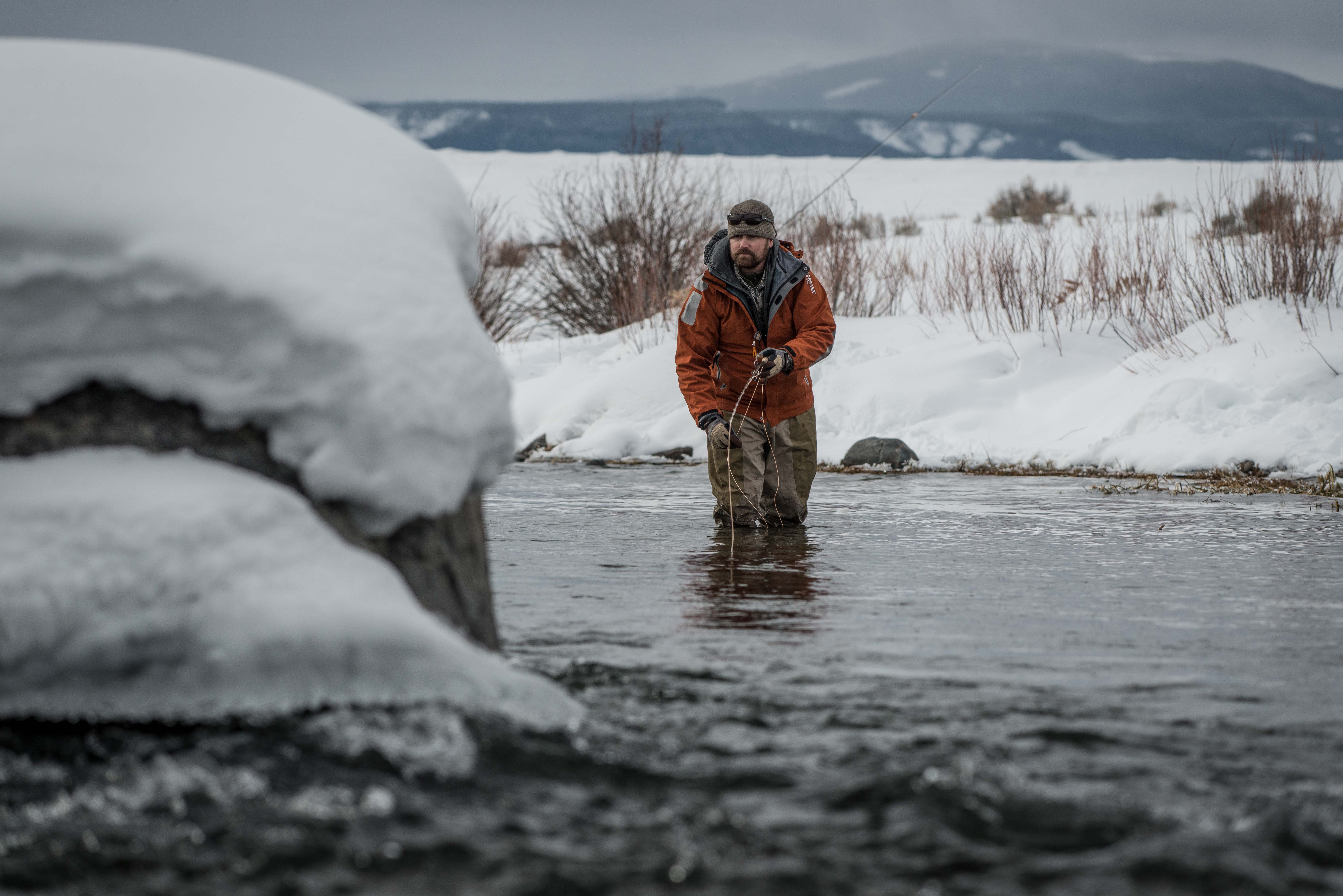
“Fish gotta eat, even in this.”
“Oh yeah? How would you know?”
“You’ll see after I pluck the ice from these guides.”
“You said that three casts ago. How’re those fingers feelin’ by the way?”
“Just need to get a little d-d-deeper.”
“More weight? You need to wait alright… for a warm, sunny day.”
Wyoming offers a wicked dilemma this time of year. Retreat from the cold and cabin fever will drive you mad. Head for the river, and three below has it’s own ways of questioning one’s sanity.
Were I a cartoon, the challenge would be represented by a devil on each shoulder, each whispering in my ear — damned if I do, damned if I don’t.
But I’m not a cartoon, so mostly it looks like me, standing in a barely liquid river, fumbling split shot and talking to myself, while imagining what I’d look like as a cartoon.
Because, given a choice of damnations, I’ll pick the one with the river every time.
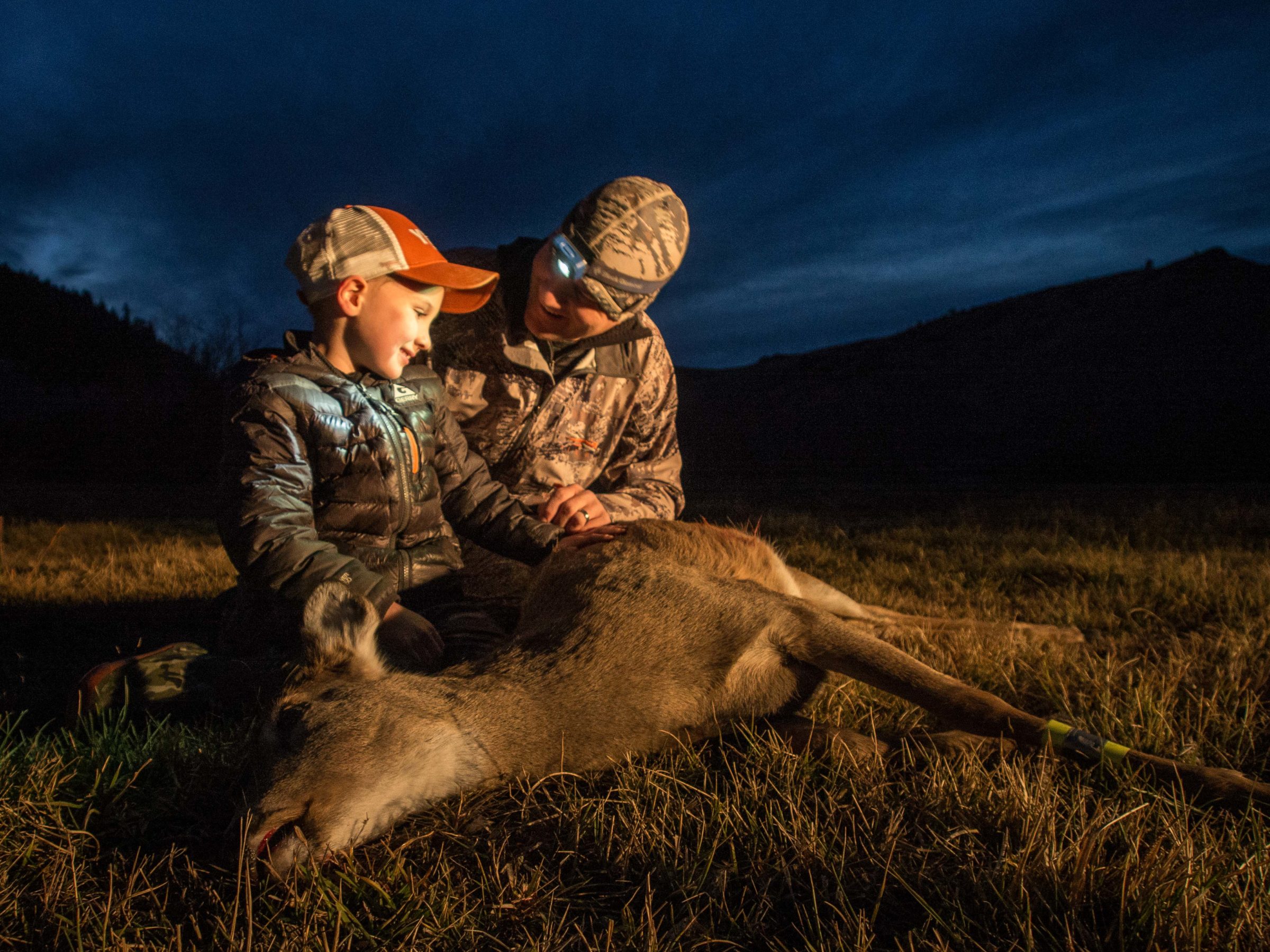
Hunting season is over. It has consumed me since the end of August. I shared duck blinds with strangers who I now consider friends. I hiked into the high country and huddled in a tent next to my father, each of us taking turns clearing the accumulating snow so our shelter wouldn’t collapse. Putting a late season elk in the freezer took a weight off my shoulders and allowed me to enjoy a few more days chasing birds. The memories are numerous.
But all of those seem secondary. Time spent hunting with my son was the highlight of the season. We didn’t shoot any big bucks or bulls, and we didn’t travel to exotic locales. But he’s one heck of a hunting partner. At five years old his enthusiasm is contagious and his drive is surprising. In the house he can be a nightmare. His energy overflows in unproductive ways that drive our entire family crazy. But hit the road with plans to hunt, and all that energy finds a custom fit outlet. It’s as though he becomes a different person.
In the truck we chat like old pals about the hunt ahead. Getting coffee and doughnuts at roadside gas stations, we bump knuckles knowing that we are living the good life and that mom would not approve. In friend’s basement we set our sleeping bags next to one another and sack out, our dreams drifting back to the day’s shared hunt.
In the field he’s earning his stripes. We talked wind direction and terrain as we worked to sneak within range of our quarry. When things went right, he asked questions, held a leg and examined, every inch of the two deer were were fortunate to harvest together. Before the hunt we sighted in rifles. After, we butchered in the garage and wrapped meat at the kitchen table. I have no idea where his interest will go in the years to come. But when he asked if we could go caribou hunting together in Alaska, something I have never done, I said of course…if you still want to go when you are sixteen.
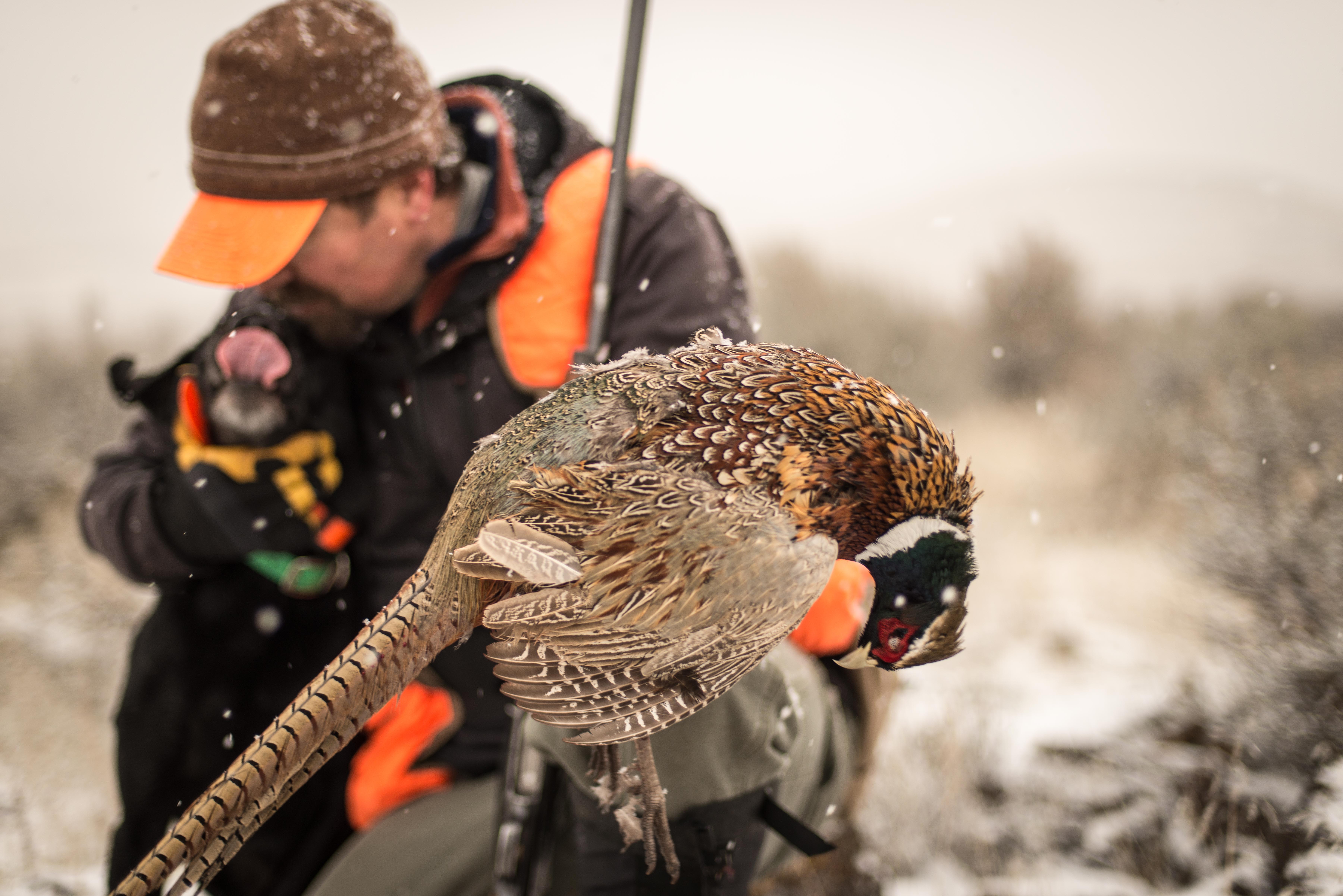
“Well, that worked out nicely.”
Kirk delivered the understatement of the season as we pulled birds from our vests, lined them on the tailgate, and counted beaks… four, five, six. The dogs looked on, satisfied and steaming in the fading light.
“Yeah,” I said, peeling off frozen boots. “That was… yeah.”
It’s been said that a limit of wild, public land roosters is about as likely a harvest in Wyoming as a bull elk. The arithmetic of my personal experience suggests the ditch parrots are even harder to come by. So birds jumping out early and often throughout an abbreviated afternoon excursion make an impression.
All the more so when exploring new country as we had been. The spot had shown potential on paper, but not so much that either of us had ever driven the extra half hour beyond the known commodities to give it a walk through. Turns out that had been a serious omission.
Finding birds is gratifying under any circumstance out here, but doing so in a place that’s new to you, based on a hunch, some map study, and a hefty dose of legwork is triply so. It’s the classic give a man a fish vs. teach a man to fish scenario. You leave not just with meat for the pot, but also an extra arrow in the quiver, a whole new facet to your future hunting program, the thrill of “discovery”, and the satisfaction of knowing you earned it. The 20 fruitless but otherwise identical days this season spent wandering unknown brush in search of such bounty only makes the new knowledge that much sweeter.
And, of course, a day like that is exclusively and quintessentially a public land, DIY experience, available to anyone, and only anyone, interested in working for it.
“You know, come to think of it, maybe we just learned why I’ve NEVER heard anyone mention the [REDACTED} side of [REDACTED],” mused Kirk, trying to make sense of what just happened.
“Where?”
“Exactly!”
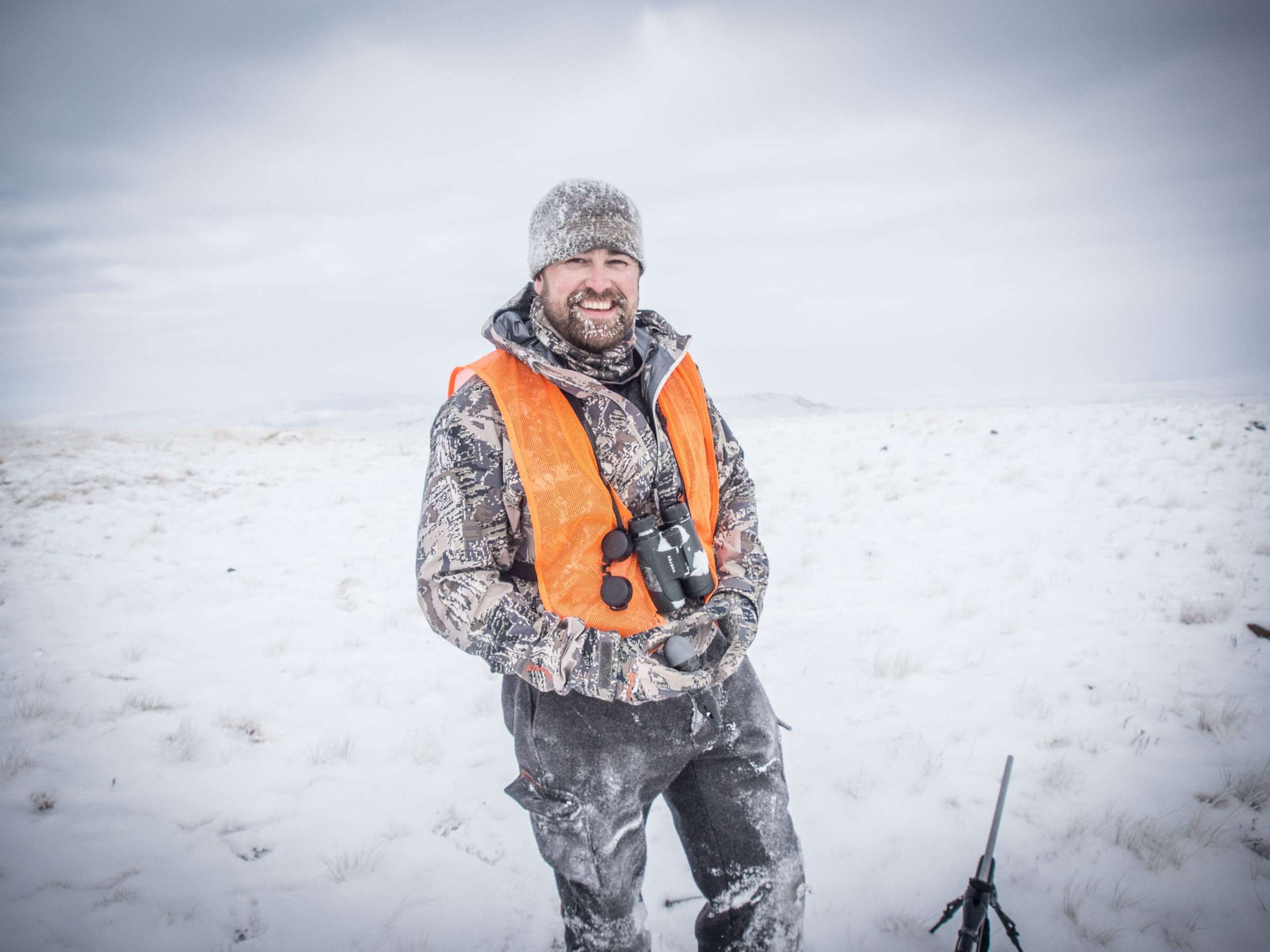
Moonlight filtering through clouds of falling snow, seen through my squinting, stinging, frozen lashes, gave the night a yellow glow. Overhead, large transmission lines carrying power from a remote Montana wind farm to Las Vegas or Los Angeles hissed like a rushing river. One, foot, then the other… one foot, then the other… one foot… it felt like trudging through a surreal snowglobe.
It had all started innocently enough. Twenty four hours earlier I sent a text. “I’ll make coffee and breakfast burritos…if you drive.” The alarm rang at 4:00 a.m. Then we’re in the truck battling the snow storm. Come 7:30, just as dawn began to penetrate the snow, we were hiking. Puffy pants, pack boots, two down coats, the warmest gloves I own — I did my best to fend off the cold.
We were in unfamiliar country with a topo map, a GPS, a tip that there might be elk and no idea what to expect. It was a shoulder season hunt, legal for cow elk on private land, and entirely new to me. The previous day the kind folks at Montana Fish Wildlife and Parks had told me they had recent reports of elk on a property that not many people were hunting. The landowner had given walk in access to hunters on his expansive ranch. Of course there were no guarantees, but it seemed that a bit of a drive and some hiking would be all that was required. Probably too good to be true… but I couldn’t resist the opportunity.
With cheeks and fingers nearing numbness we continued to move. Visibility was limited by the snow but not the topography. It was big open country. In summer it would be a lush grassland. Today it was an unbroken snowscape rising toward the forested mountains that formed a southern border. A large bald peak guarded the transition. I first made out the peak at 9:30 as its silhouette appeared through the snow. A few minutes later I found the elk, a huge herd blanketing the upper flanks. Without much of a conversation we adjusted our course in unison, using the terrain to hide our progress.
Mark and I started hunting together as little kids. At first it was with our dads, then as teenagers we earned the right to go out on our own. Our friendship has stood the test of time. In the field it’s an easy partnership. We reached the base of the peak undetected and began our climb. Halfway up we paused to catch our breath in the frozen air as steam poured off our heads. We were thinking the same thing: Based on our location, if the the opportunity arose, one elk was all we wanted. If all else was equal, Mark offered me the first shot.
Cresting the final ridge, the elk came into view, 700 yards away, with nothing between us. We backed-up, took another angle that used topography to our advantage, and topped out at the edge of a large bowl. Elk at 450 yards. We began crawling. The farther we went the more elk came into view. They filled the bowl below us, many much closer than those we’d initially spotted. A good plan and luck had allowed us to sneak within 150 yards of over 200 elk. Most of them were bedded down, relaxed, and soaking in the sun that was starting to break through the clouds. A cow stood up, presenting a clear broadside shot. I squeezed the trigger.
Mesmerized, we watched the herd trail off the mountain. Exchanging a glance of gratitude and congratulations we approached the cow. I had pulled the trigger but it was our elk. Shooting was the easiest thing either of us would do all day.
Approaching, I was taken aback by her size. Elk are huge and it gets me every time. Despite the sun the temperature still hovered at zero degrees. We got to work. I left my gloves on as we began quartering. Making short work of the job, we knew the real work lay ahead. The reality of it began to set in.
We headed down the mountain dragging a hind quarter apiece. Steep snow-covered slopes made for easy going. At the bottom we decided I would head to the truck to get sleds while Mark would shuttle the rest of the meat off the mountain. With only a small day pack, ill equipped for hauling meat, I carried back-straps and trimmings and began the ten mile, round trip journey. My achilles, still agitated from an early season injury, began to ache within a mile of the truck. At the truck I chugged the last of my almost frozen morning coffee from my to-go mug. On the return trip my mind wandered frequently. Lost in thought I kept putting one foot in front of the other.
Mark had schlepped all four quarters off the mountain and dragged them nearly another quarter mile. Reunited, we loaded the sleds with half an elk each. Three fourths of the day’s miles were behind us, but the hardest part of our day still lay ahead. As daylight vanished we leaned into our loads. Downhill was easy. On the flats we found a rhythm. Uphills were crushing. We worked as a team.
One sled was tougher to pull, so we gave it the tag team treatment on the uphills. We’d offer each other words of encouragement when needed. In pain, we let each other know it was ok to rest or leave our loads for the next day if necessary. Safety and practicality would guide our decision making. I had run out of water hours before. Mark, was adding snow to the few sips he had left. Rests were welcome but short lived. The cold made sure of that. We reminded ourselves we were proud of our effort. Hobbling on into the night, with individual snowflakes pelting my raw face, I reminded myself it was just a matter of time.
The shortest route to the truck followed the transmission line. The noise made my ears ring. Eighteen hours after leaving the house, and 20 miles after leaving the truck, we reached our rig. With the elk in the back and the heater cranked in the cab, we headed for home. A water jug, beer, or scotch would have all been welcome additions to the trip. We had none. We shared the last sips of Marks cold coffee instead. My body ached and sore knees stiffened. We reminded ourselves that our drive home might be the most dangerous part of the day, took it slow on the slick roads, and used the time to soak in the day. Once home, we dealt with the elk.
Instead of beers we each had a glass of orange juice.
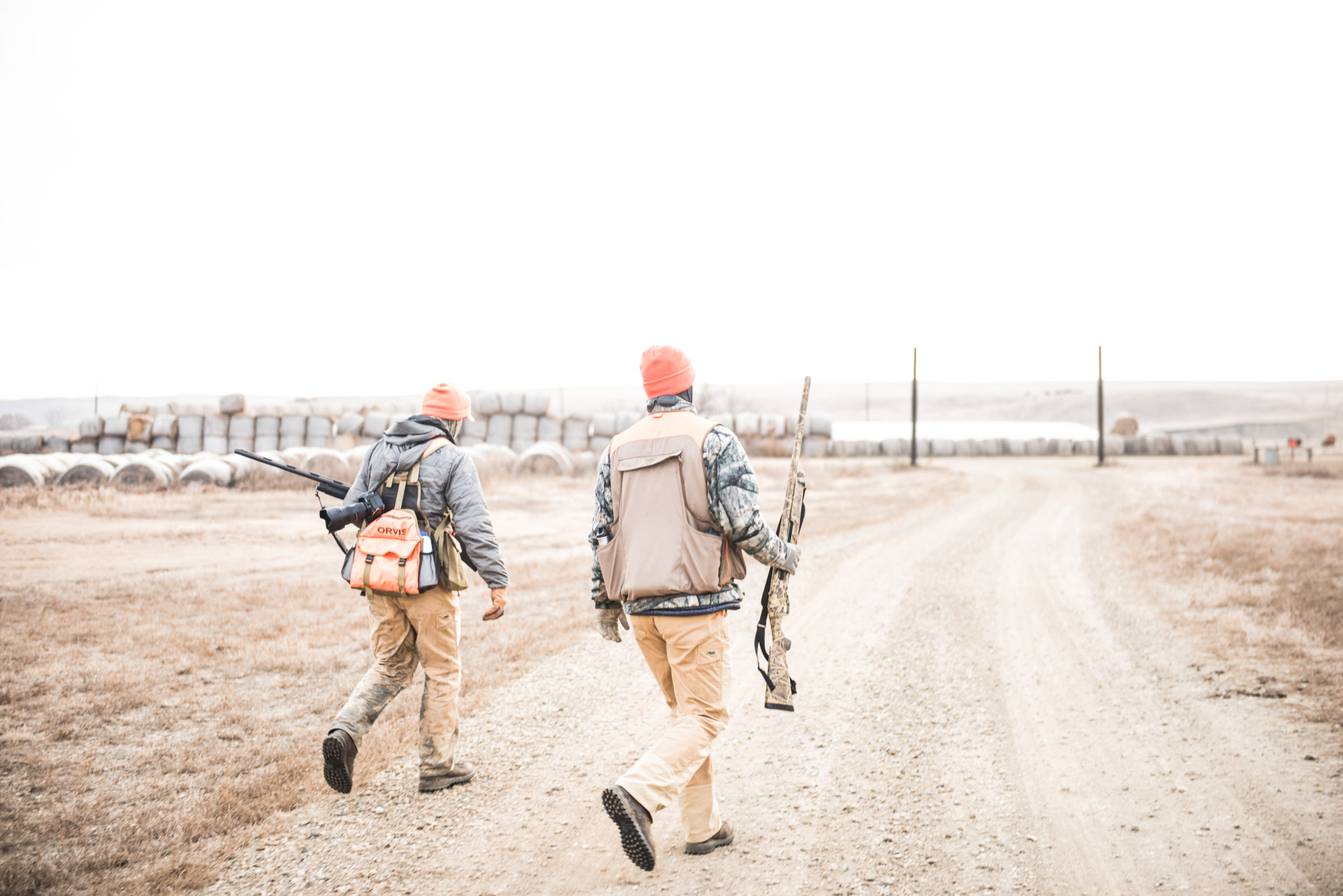
Someone’s bound to miss a deadline eventually, we figured. But it sure as hell wouldn’t be whichever one of us was doing the figuring.
Steven and I laid out a number of guidelines for ourselves when we created Stalking The Seam beside his woodstove nearly four years ago. We’d post every Monday, Wednesday and Friday. We’d alternate posts. Each post would have at least one original image.
Our implicit expectations, though, have done even more to shape the endeavor into what it’s become. Maybe it’s our shared competitiveness, our hyperactive senses of responsibility, the unwillingness to let a buddy down or just plain old stubbornness, but with 567 posts, 43 months, 2 newsletter providers and 1 complete site overhaul in the books, nobody’s yet failed to answer the bell.
We’re proud of that. As we are of the explicit goals for STS that we’ve set and met… all of which pale in comparison to the satisfaction we’ve derived from the community created, a body of work we’re excited to hang our names on, and the wealth of opportunities grown from our little collaboration.
Today, those opportunities have taken on a life of their own and they’re increasingly drawing bandwidth from STS. Steven’s busy shooting for everyone and their uncle these days, while I’m writing as fast as I can to keep up with reporting commitments. It’s a good problem to have, and one that we’re grateful for… right up to the point that it threatens the quality or reliability of our output. We may be approaching four years, but those elements are still non-negotiable.
Which is why we’ve decided to revisit our original expectations and make some adjustments. We’re sticking with reliability, but shifting from publishing three days per week to twice monthly. Likewise, maintaining high standards of content is paramount for us, but you can expect new forms, new voices and occasionally even new media here at STS.
Thanks so much for the energy, feedback and inspiration that have kept STS going to this point. And thanks for sticking with us as we move into this next phase of the experiment.
*Photo courtesy of Tobias MacPhee, an honorary member of the STS team.
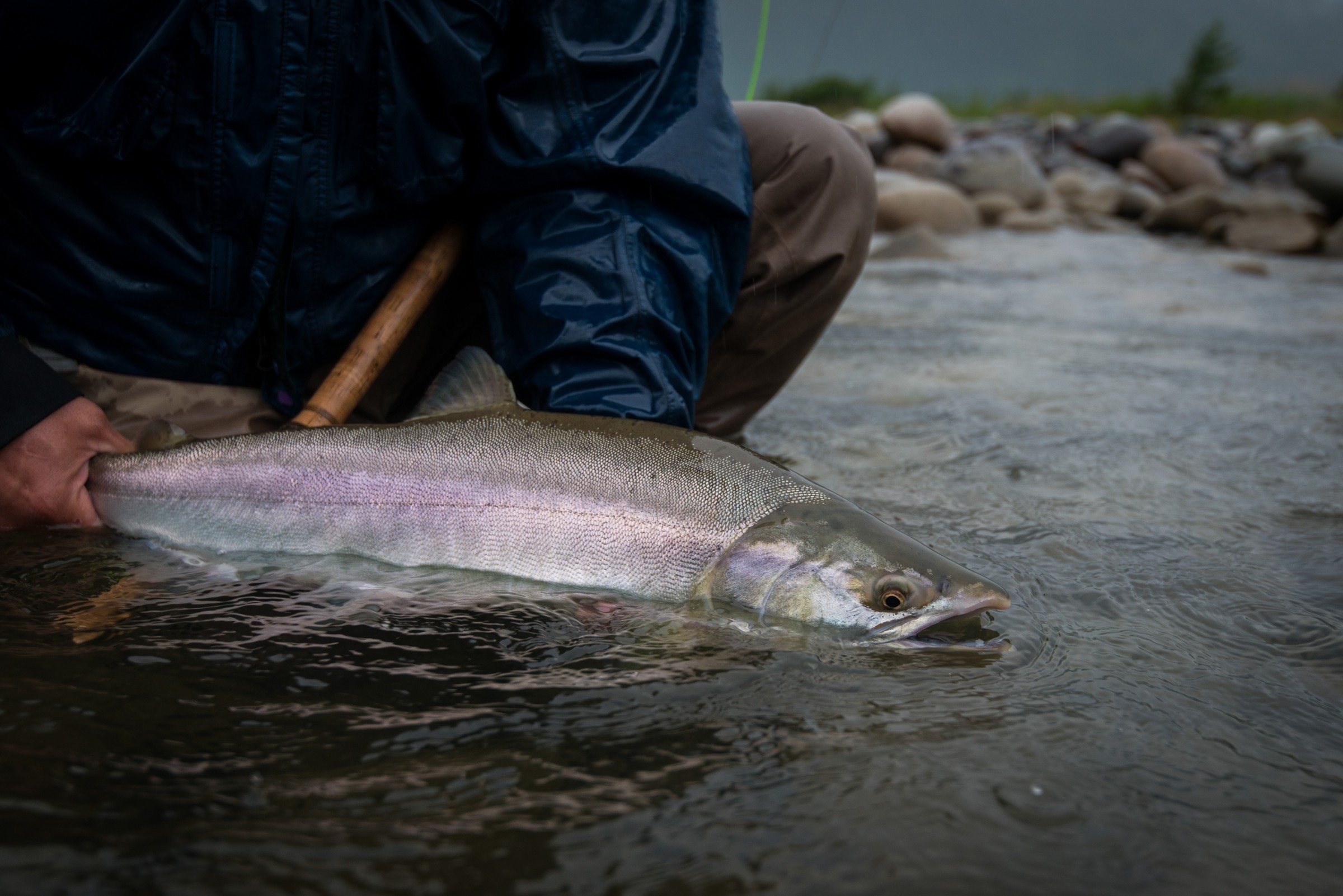
Considered a complete nuisance by most, and something akin to rotting garbage by others, (which pretty much becomes true with time), pinks are at the bottom of the salmon totem pole. In some places they are considered worthy of targeting, but anywhere where there are more majestic fish, such as steelhead, they are a scourge.
As someone who spends most of the year chasing trout, where I am lucky when a fish tops the scale at more than a couple of pounds, I have a different perspective. What trout lack in size they often make up for in numbers. Sure I get skunked my fair share, but most often catching a few is fairly reliable and when the conditions are right, then you can really pad the score. With steelhead it’s different.
Days go by without as much as a peck. Doubt begins to creep in. Are there any fish in the river? Should I change flies? Is my swing too fast…too slow? Why does my rain coat leak? The list goes on and on. That’s when the pinks can save you. When a 4-8 pound fish as bright as a dime decides to grab your fly and confirms that there is indeed life in the river it’s a welcome moment for me. There aren’t many fish like that in Wyoming.
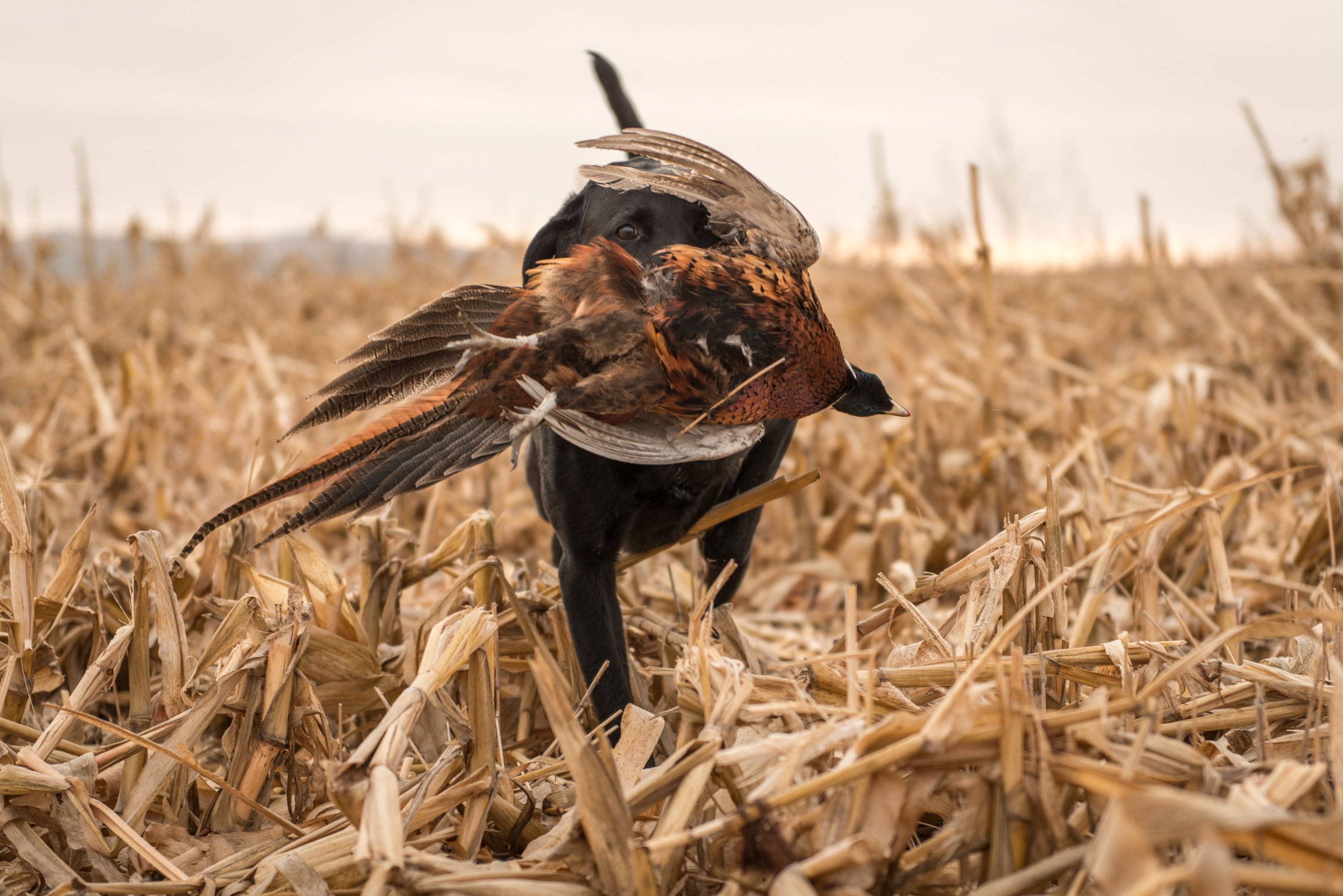
“We might need a second dog.”
The comment, lobbed from behind us in the chaos of the moment, landed like a hand grenade.
“She’s got it,” I barked over my shoulder. I wasn’t entirely sure that was true, but I knew she wanted the retrieve as badly as I wanted it for her, and she’d earned the chance to see it through.
The hunt had been picture perfect to that point. Squinting into the flat western light, Scott had spotted what he’d thought could be a rooster crossing the two-track ahead. The ensuing five-man debate over chasing a “maybe bird” vs. continuing to our destination devolved quickly into friendly truck-to-truck trash-talk.
The back-and-forth ended with Steven throwing down the gauntlet. “Well, are we going to sit here burning daylight, or are you going to go kill this phantom pheasant?”
Kirk and I leapt out without another word and grabbed guns and vests. We decided on bringing a single dog, Sibley, to hunt it up.
Pre-game butterflies fluttered in my chest as we strode past the pick-ups toward the last sunset of our North Dakota pheasant trip. Had the smack-talk, the three-hunter, four-dog spectator gallery, and the five testosterone-laced days in close quarters not already served to artificially inflate the stakes of an otherwise unnoteworthy endeavor, the last jab sliding from Steven’s cab window — “I guess we’ll just settle in to watch the show” — would have sufficed on its own.
I had no idea what, if anything, was down the road, but clearly we had to come back with a bird, or keep walking. Game on.
The dog’s initial disinterest didn’t exactly take the edge off. Thirty yards on, however, her head whipped to the left, her snout dropped to the dirt, and her lackadaisical trot melted into a low-slung stalking hustle. First the left ditch, then the right, Sibley quartered this way and that across the dirt track in front of us, her excitement contagious. She charged straight through the brush on the left for ten yards then wheeled hard right, bounded over the road in two strides, over the right ditch, wheeled back again, crow-hopped once, then torpedoed into a clump of tumbleweed. The rooster erupted right off her snout and across Kirk’s shooting lane.
Bang! One shot. Bird down.
The lab Supermanned between the second and third rungs of the five-wire fence — barbs be damned — as the bird dropped out of sight. Then it was intermittent glimpses of her chopping tail bounding down the fence-row at a dead sprint. Apparently the bird still had two good legs.
Twenty-five, 50, 100 yards, I’d lost sight of her when, finally, the dog came to a stop and popped back into view. She was worrying a tangled stand of scrubby trees along the fence, presumably where the bird had holed-up.
That’s when I nearly scuppered the whole affair. High on adrenaline and the drama of the pursuit I started pouring on the verbal encouragement. She may have mistaken my effusiveness for celebration… the kind reserved for a job completed and well done. I’m not sure. Whatever the reason, she left the trees and started trotting toward me, sans pheasant. This is where the idea of additional, more experienced, canine reinforcement was floated from the rear.
Oh hell no.
“Dead bird!” I called. “Fetch it up!”
Mistaken no more, she reversed course. The bird had taken full advantage of the mishap, though, and resumed his run. Back through the fence, back to full speed, back out of sight she raced. An interminable minute passed before I saw her black tail waving above the weeds again, headed my way.
“She’s got it,” I repeated over my shoulder. I didn’t actually see the bird yet — hadn’t, in fact, since it dropped. I was betting, instead, on what little I could see of her body language, and hoping I was right.
I was. She did. And no matter the flapping wing or the kicking spurs, she wasn’t letting it go again.
“Good dog,” I told her then finished it with a swing, handed Kirk his bird and offered a fist bump.
“Now,” added Scott, as nonchalantly as he could manage “let’s go hunt that ravine.”
Then he slid behind the wheel and fired up the truck.
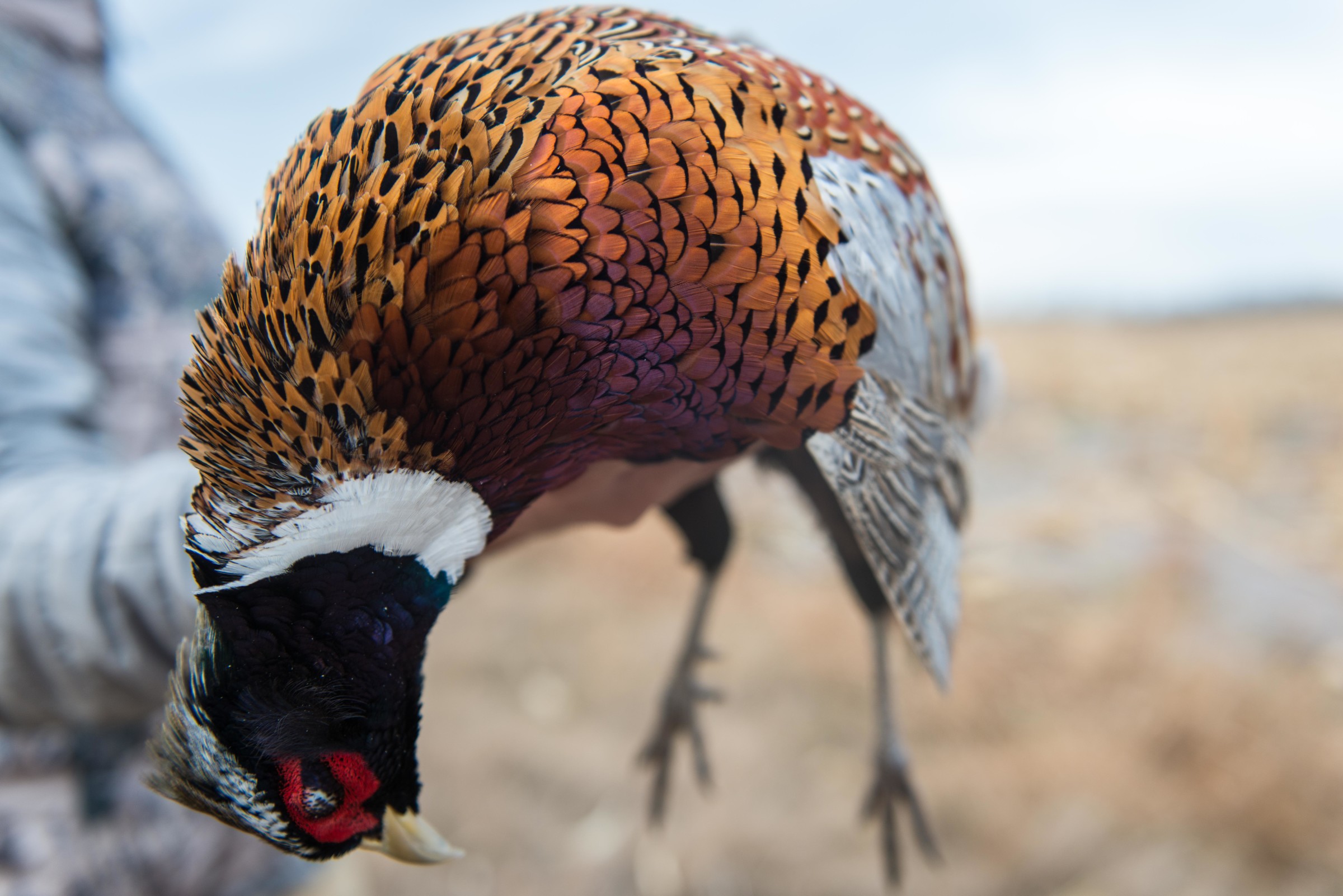
Rain turned to sleet as the temperature plummeted. A layer of black ice formed on the interstate. We battled slick roads and fog for two hours, then it cleared, leaving only dry pavement. The winter’s first big storm had tracked south and we dodged the brunt of it as we headed toward the Dakotas.
As soon as we’d put Montana in the rearview mirror we began looking for likely habitat. We wanted to get in an hour’s hunt before we headed deeper into pheasant country. Finding a bird would be nice, but mostly we wanted to let the dogs stretch their legs.
Finding a section of PLOTS (Public Lands Open To Sportsmen) land we headed off the highway to try our hand. From afar, the grass looked thinner than I’d hoped for and a small stretch of cattails provided only modest cover. But five minutes into our walk the dogs were birdy.
A rooster erupted under the old dog’s nose and she quickly dispatched the retrieve. Shortly after a covey of sharptails flushed wild. We then bumped a covey of Huns. I’d let my dogs run beyond gun-range in a short cut stubble field. With dark approaching we circled back to the truck and one more rooster flushed in front of my buddy’s pup. With a rooster each and lots of action it was far more than we’d bargained for.
Giddy, we roared through the last hundred and fifty miles to the farm we were going to be staying at for the next five days. We arrived a few hours past dark and settled into an old single wide. We then sent a our buddies a text to gauge their progress.
While we had missed the storm, they hadn’t been so lucky. While we were shooting pheasants they were ten hours deep into their drive, which had become a white knuckled affair inside of a ping pong ball. What should have been a nine hour journey turned into a fourteen hour nightmare. Fortunately everyone arrived safely.
While two of us had had a solid start to the trip, the main course was still ahead for all of us.

